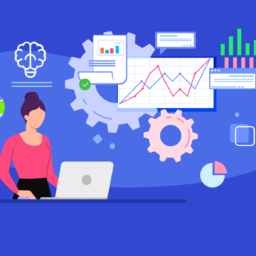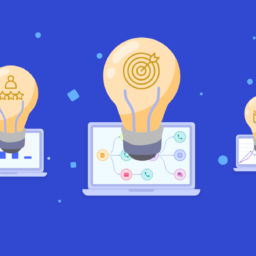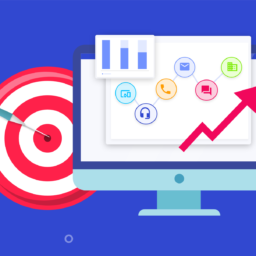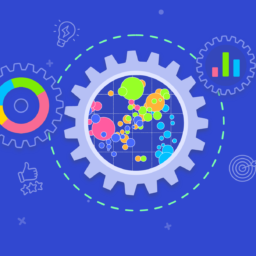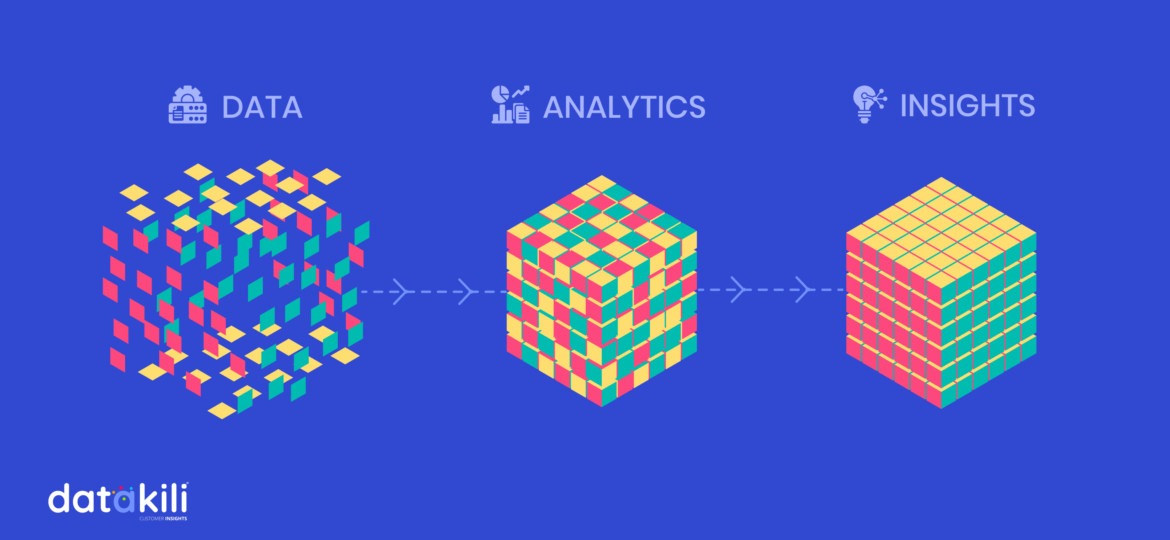
Customer insights, a gold mine strewn with pitfalls?
In the digital era, every company have realized the importance of customer data. The ideal model has therefore become the “data-driven” company. And for good reason: according to a PwC’s study*, the data-driven companies outperform their competitors up to 6% in cost-effectiveness and 5% in productivity. However, the unprocessed data silo is of little value. It becomes meaningful once it’s analyzed and transformed into customer insights. Through this article, we will see the importance of customer insights, the transformation process from data to insights and will conclude with the role of human intelligence in this process.
Customer insights, an opportunity for every company department
If the customer data is often compared to “the 21st century’s new black”, the unprocessed data has little value. But once it has been exploited, transformed, and analyzed, it becomes a highly valuable source of information: the customer insights.
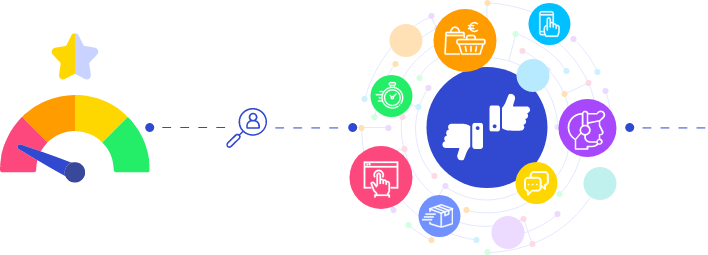
Thanks to these key indicators, data-driven companies achieve quick win results such as:
- a better understanding of the customers and the journeys they follow
- a better understanding of the pain points they come across
- the optimization of the business results
- the anticipation of churn
- some operational costs reductions
- a competitive advantage through the prediction of customers future behavior
- and the opportunity to develop new offers, services and products meeting their needs before competitors.
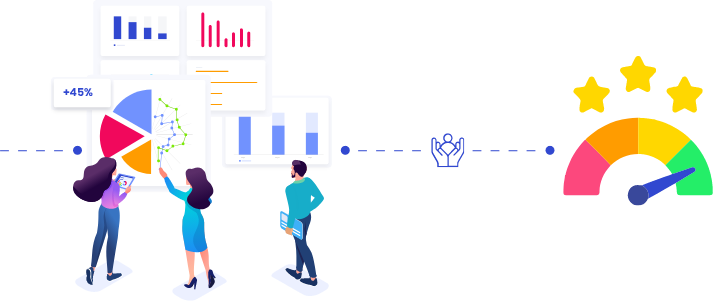
The data-driven companies are overall performing better than their competitors.
5 key steps to transform customer data into insights
The companies able to lift the impediments specific to each step of the process will achieve the most relevant results.
Collecting quality data
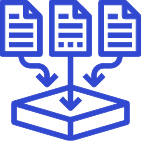
It is essential for the data to be accurate, complete, and updated. It can be of poor quality if:
- The collecting methods are multiple (surveys, forms, loyalty card, rewards program, transactional data, etc.)
- The data contains entry errors, are inconsistent or come from different sources.
During the collecting step, the analytics teams depend on IT systems and waste a lot of time. Tools can automate this step and improve the quality of the final insights.
Secured and legal storage

Companies use databases, data warehouses or cloud storage platforms. Strict protection of privacy waw regulates how companies collect, store, and use personal data legally speaking (ex: GDPR in Europe).
To lawfully store the data, companies need to:
- define clear privacy policy to protect customers data from any unauthorized access or use
- train their teams to privacy policy and applicable laws
- set up internal processes that can ensure the compliance of existing laws.
An efficient and optimized processing

A deep understanding of the different types of data as well as the appropriate processing algorithms are crucial to get key customer insights. This step can be laborious and time consuming for the data analysts. However, some analytic tools can facilitate and automate data processing.
Tool-based and contextualized analysis

Analysis is the key step of the transformation process from customer data to customer insights. A human perspective is needed at this stage. Indeed, the data scientist skills and knowledge guarantee the contextualization of achieved results. Consequently, these results can be more easily understood and used by business departments.
According to the needs, data analysts can rely on specialized tools that accelerate indicators search. These tools highlight models, trends, and links between customer data.
A well-made visualization to efficiently communicate and empower business teams

Data visualization is a crucial step in transforming customers data into customers insights. Indeed, it allows to efficiently communicate the most relevant customers insights to the decision-makers, marketing, and operational teams.
Visualization tools facilitate the data analysts efforts to display customers insights in a more quickly, clear and concise way.
Customers insights: a perfect balance between tools and human intelligence
According to a recent Gartner study*, 51% of the interviewed heads of customer service and support would like to migrate their service volume to a digital self-service model. This means that the insights need to be as clear and precise as possible, so the business teams can use them in complete autonomy. Without this, the company will not be data-driven and would have invested a large amount of human, time, and financial resources with no tangible result.
Analytics teams need appropriate tools to save time and focus on tasks with high added value such as analytics according to the company’s business teams or contextualized visualization. This balance between tools and human approach is a necessary condition so the produced insights are relevant and usable by the business teams. Fortunately, this same study from Gartner shows a strong engagement from the head of customers service and support to allocate more resources and automate time-consuming processes, even suppressing the inefficient ones (59% of the respondents), all in the near future.

Datakili is an analysis and visualization tool, combined with a team of experts. We support you at each key step of the customer insights production so you can take the best decisions and improve your customer relationship. To learn more about us, please contact us.




